This is a guest post by Caleb Warnock, author of The Art of Baking with Natural Yeast: Breads, Pancakes, Waffles, Cinnamon Rolls and Muffins and the national bestseller The Forgotten Skills of Self-Sufficiency Used by the Mormon Pioneers
. Caleb teaches “Forgotten Skills” classes including winter gardening, pioneer jams and jellies, growing early and long-keeper vegetables, raising chickens, and much more. To reach him, visit CalebWarnock.blogspot.com or calebwarnock@yahoo.com.
© 2012 Caleb Warnock. The contents of this blog post are not the public domain and may not be used without the express written permission of the author.
Few people realize that the yeast in grocery stores is not a naturally-occurring substance. Laboratory created in 1984, the yeast sold today is so foreign to our digestive systems that some people develop allergies to the yeast itself. This quick-rising yeast appears increasingly connected to the nutritional and digestive disorders that plague so many. Natural yeast flattens the glycemic index, takes away heartburn and acid reflux forever, helps prevent or reverse gluten intolerance and, in some cases, full-blown Celiac’s disease, turns natural phytic acid into an anti-oxidant, controls allergies, and turns flour into a yeast that is both pre-biotic and pro-biotic.
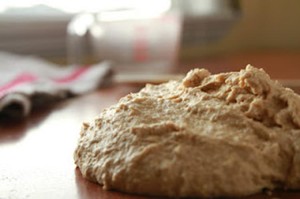 Beyond health benefits, natural yeast is simple to use, costs nothing, tastes wonderful, completely cuts out the need to buy commercial yeast, and drastically reduces the need for baking powder and baking soda. You can easily use it not only to make bread, but also waffles, pancakes, breadsticks, pizza dough, scones, rolls, and even old-fashioned root beer.
Beyond health benefits, natural yeast is simple to use, costs nothing, tastes wonderful, completely cuts out the need to buy commercial yeast, and drastically reduces the need for baking powder and baking soda. You can easily use it not only to make bread, but also waffles, pancakes, breadsticks, pizza dough, scones, rolls, and even old-fashioned root beer.
Yeast is a single-celled fungus, and the first domesticated living creature in history. Modern science has identified more than 1,000 different varieties of wild yeast. These organisms are so small that hundreds of millions, if not billions, fit into a single teaspoon.
Wild yeast is everywhere – in the air you breathe, on the bark of trees, on leaves. Ever seen the white film on backyard grapes? That’s wild yeast. The same film can be found on juniper berries. For centuries, both berries have been used as natural “start” for bread yeast.
 But not all yeast varieties are the same. For example, the kind of yeast used to make beer is not the same kind of yeast used to make bread. Different natural yeasts have different flavors – some are strongly sour, some are mildly sour, and some are not sour at all. Natural yeast is sometimes mistakenly referred to as sourdough, but with the right strain of yeast, it doesn’t have to be sour unless that is the flavor you prefer. Some natural yeasts are better at raising bread than others. This is why the best strains of natural yeast have been passed down through generations and communities. Hundreds of people around the nation have gotten free, non-sour natural yeast starts from me.
But not all yeast varieties are the same. For example, the kind of yeast used to make beer is not the same kind of yeast used to make bread. Different natural yeasts have different flavors – some are strongly sour, some are mildly sour, and some are not sour at all. Natural yeast is sometimes mistakenly referred to as sourdough, but with the right strain of yeast, it doesn’t have to be sour unless that is the flavor you prefer. Some natural yeasts are better at raising bread than others. This is why the best strains of natural yeast have been passed down through generations and communities. Hundreds of people around the nation have gotten free, non-sour natural yeast starts from me.
Until the 19th century, homemade yeast was the only kind there was. In 1857 Louis Pasteur discovered that living organisms – yeasts – were responsible for fermentation. yeast was already an important business, even though no one had understood how it worked. The production of commercial yeast began in France in the 1850s. In the U.S., compressed yeast cakes were introduced to the nation at Philadelphia’s Centennial Exposition in 1876, which drew 10 million visitors. When America entered World War II, yeast companies developed dry yeast for the military which did not require refrigeration. And then in 1984, rapid-rising yeast was invented in U.S. laboratories.
 Today that yeast has all but replaced natural yeast. But not everyone is convinced that the convenience of super-fast yeast outweighs the health benefits of the slow rising process of natural yeast.
Today that yeast has all but replaced natural yeast. But not everyone is convinced that the convenience of super-fast yeast outweighs the health benefits of the slow rising process of natural yeast.
A word of caution. If you type “sourdough starter” into Google, you will get hundreds of recipes for starting “sourdough” from commercial yeast. But very little grocery store yeast is now the true natural yeast. The best way to get real natural yeast is from someone using a documented strain. I mail flakes of natural “sweet” yeast to anyone who requests them at no charge, along with instructions for growing out the yeast. And once you have a start of natural yeast, you can have it for the rest of your life. You can dry it, freeze it, keep it in the fridge, or grow it on your kitchen counter. To get a start of my documented 200-year old strain of natural yeast, send an email to calebwarnock@yahoo.com.
My co-author and I have spent more than two years, and many thousands of dollars ($2,000 just on photography for the book alone) creating natural yeast recipes for the modern kitchen. We will never get rich off this project. We each get paid less than 50 cents per copy of the book sold. I tell you this because I am hoping that, if you find this information useful, you will go to Amazon.com and pre-order The Art of Baking with Natural Yeast: Breads, Pancakes, Waffles, Cinnamon Rolls and Muffins. I have a personal reason for asking everyone to do this. It is because all pre-orders count toward first-week sales, so if I can get enough people to pre-order the cookbook, it will debut on the bestseller’s list, which would bring some much-needed attention to the health benefits of natural yeast, to our two years of work, to the hundreds of hours of research, and to our book. So if you find the information on this post useful, please pre-order the book on Amazon. On my blog, CalebWarnock.blogspot.com, you can click on the cover of the new cookbook to pre-order. Not to press my luck, but if you order two copies, the shipping is FREE!
This post was shared on Wildcrafting Wednesday.


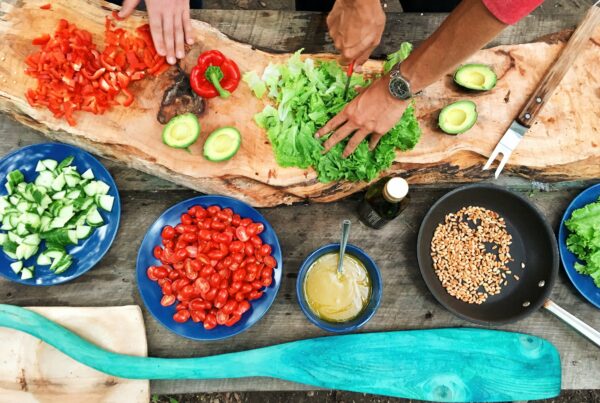

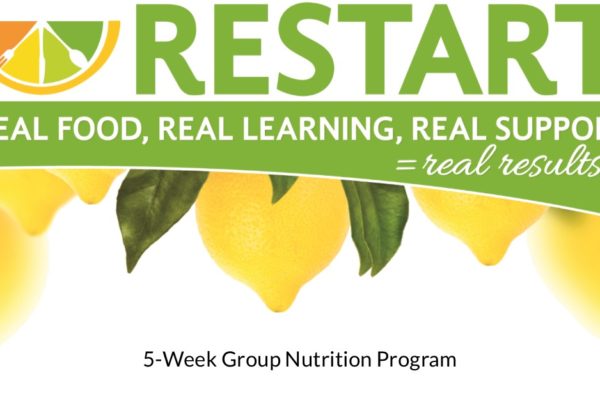

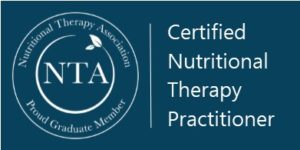
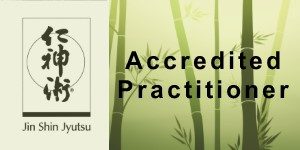



I received your book Baking With Natural Yeast for Christmas and am anxious to begin using it. I would like to try your starter.
Hi! I’m happy to mail you some yeast flakes. Please send a self-addressed, stamped envelope to
Caleb Warnock
707 West 800 South
Alpine, Utah 84004
When you get your flakes, put them in a scant quarter-cup of lukewarm water, and add a quarter cup of flour. The flakes will take 2-4 days to grow out, and after that the fresh yeast will grow out fast. For instructions on keeping yeast on the counter, in the fridge, in the freezer, or drying, see my book, The Forgotten Skills of Self-Sufficiency Used by the Mormon Pioneers.
Thank you for your article on natural yeast, I have been using natural yeast for a year, and I love it! I am excited to get your book.